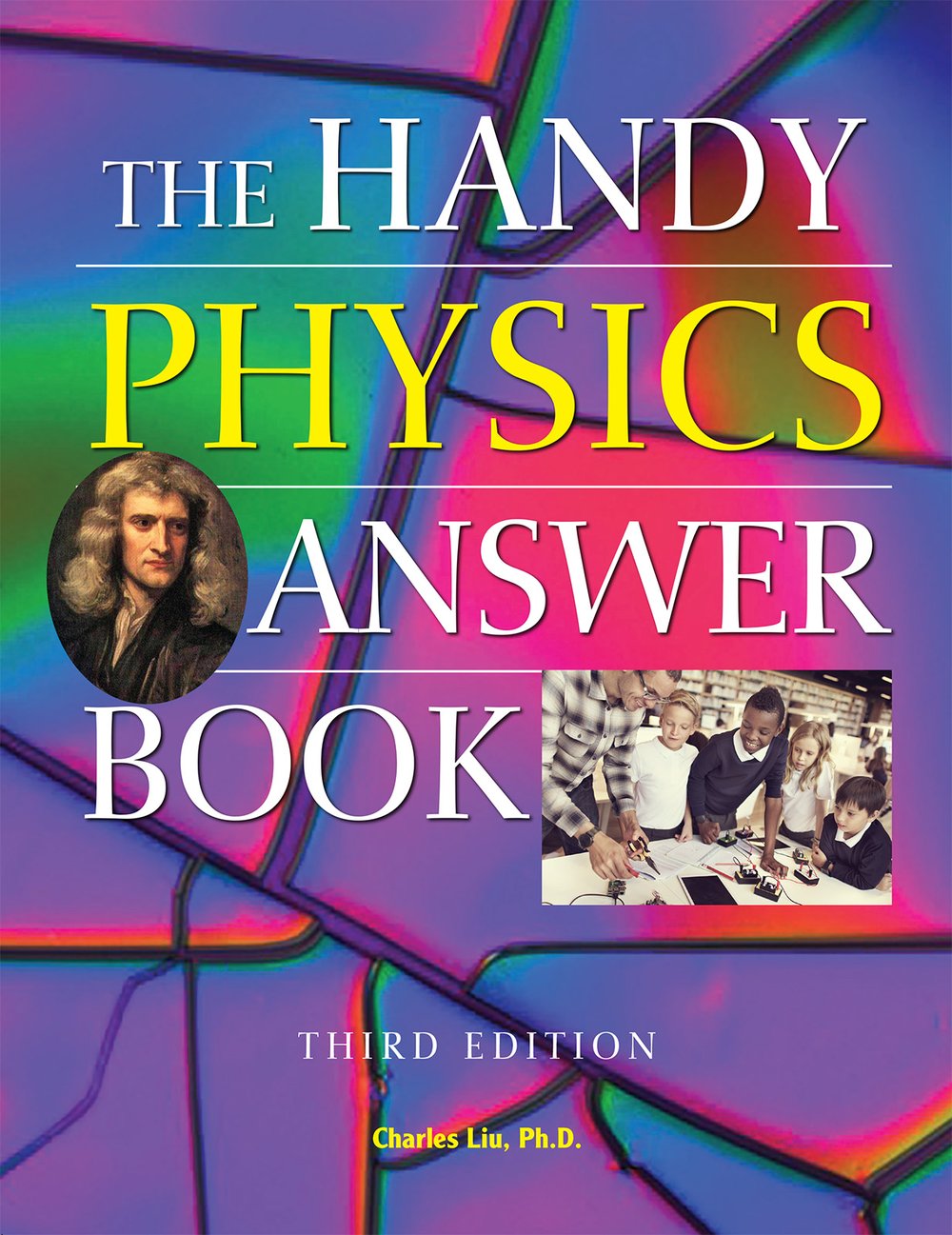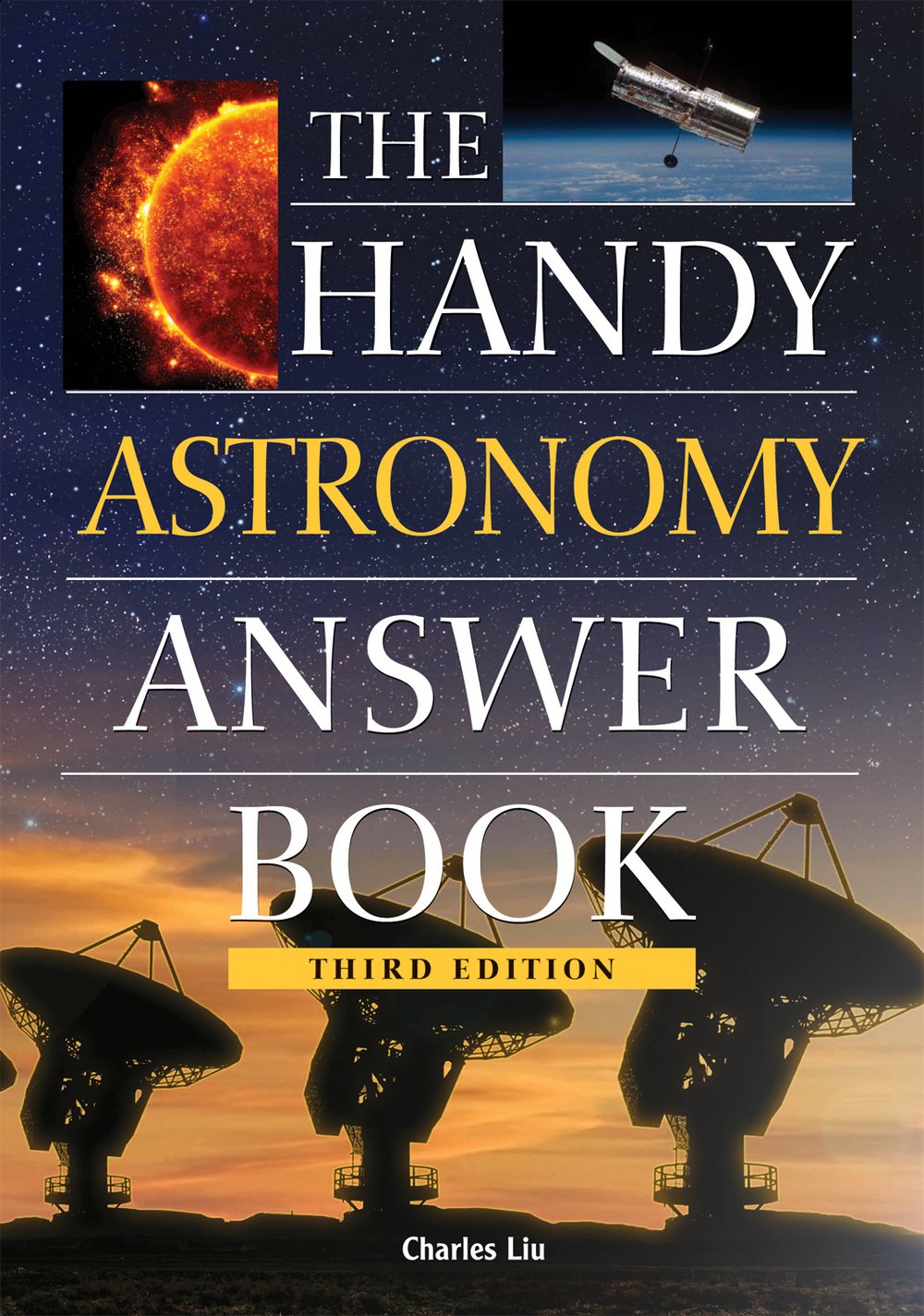The Handy Physics Answer Book

An informative, accessible, easy-to-use guide to physics, covering the fundamental concepts and amazing discoveries that govern our universe!
We don’t need a U.S. Supreme Court ruling to know that everyone is governed by the laws of physics, but what are they? How do they affect us? Why do they matter? What did Newton mean when he said, "For every action there is an equal and opposite reaction?" What is gravity? What is Bernoulli’s Principle? Einstein’s Theory of Relativity? How do space, time, matter, and energy all interact? How do scientific laws, theories, and hypotheses differ? Physics can often seem difficult or complex, but it's actually beautiful and fun—and it doesn't need to be hard to understand.
Revised for the first time in a decade, the completely updated third edition of The Handy Physics Answer Book
makes physics and its impact on us, the world, and the universe entertaining and easy to grasp. It disposes with the dense jargon and overly-complicated explanations often associated with physics, and instead it takes an accessible, conceptual approach—never dumbing down the amazing science, yet all written in everyday English.
The Handy Physics Answer Book tackles big issues and concepts, like motion, magnetism, sound, and light, and lots of smaller topics too—like, why don’t birds or squirrels on power lines get electrocuted?—and makes them enlightening and enjoyable for anyone who picks up this informative book. For everyone who has ever wondered about the sources of energy production in the United States, or how different kinds of light bulbs shine, or why wearing dark-colored clothes is warmer than light-colored ones, or even what happens when you fall into a black hole, The Handy Physics Answer Book examines more than 1,000 of the most frequently asked, most interesting, and most unusual questions about physics, including ...
Useful and informative, The Handy Physics Answer Book also includes a glossary of commonly used terms to cut through the jargon, a helpful bibliography, and an extensive index. Ideal for students, curious readers of all ages, and anyone reckoning with the essential questions about the universe. This handy resource is an informative primer for applications in everyday life as well as the most significant scientific theories and discoveries of our time. And, we promise, no whiteboard needed.

Charles Liu is a professor of astrophysics at the City University of New York's College of Staten Island and an associate with the Hayden Planetarium and Department of Astrophysics at the American Museum of Natural History. His research focuses on colliding galaxies, starburst galaxies, quasars, and the star formation history of the universe. In addition to his research publications, Liu also writes for students and general audiences; including Visible Ink Press’ popular The Handy Astronomy Answer Book, as well as StarTalk with Neil DeGrasse Tyson and Jeffery Lee Simons. For his work with students, he has received the American Institute of Physics Science Writing Award and the Award for Popular Writing on Solar Physics from the American Astronomical Society. Until recently, he served as Education Officer and Trustee of the American Astronomical Society, and he currently serves as president of the Astronomical Society of New York. He earned degrees in astronomy, astrophysics, and physics from Harvard and the University of Arizona, and he held postdoctoral positions at Kitt Peak National Observatory and at Columbia University. He and his wife have a daughter and two sons.

